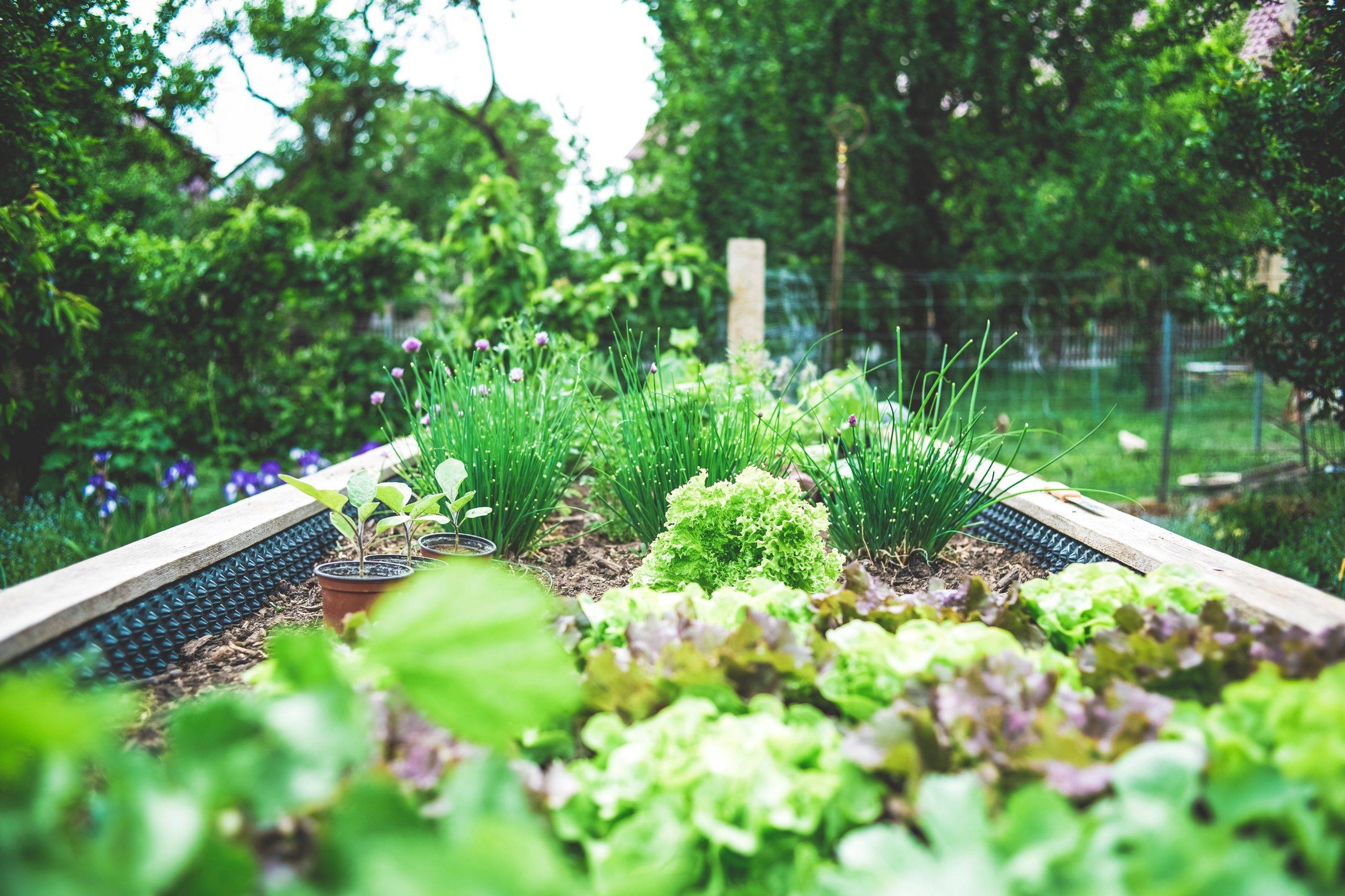Creating a vegetable garden can be a great way to stay active, enjoy the outdoors, and even grow your own fresh produce. However, it can be challenging to know where to start, especially if you have limited mobility or experience with gardening.
Fortunately, with a few simple tips and tricks, you can create a vegetable garden that is accessible and easy to maintain. From choosing the right location to selecting the best plants and tools, we’ll guide you through the process of creating a beautiful and bountiful garden that you can enjoy for years to come. So roll up your sleeves and get ready to dig in!
Choosing the Right Location
When it comes to creating a vegetable garden for seniors, choosing the right location is crucial. You want to ensure that your garden is in a place that is easy to access and provides the right conditions for your plants to thrive. Here are a few things to consider when choosing the right location for your vegetable garden.
Sunlight Requirements

Most vegetables require at least 6 hours of direct sunlight per day to grow properly. When choosing a location for your garden, look for an area that gets plenty of sunlight throughout the day. Avoid areas that are shaded by trees or buildings, as this can limit the amount of sunlight your plants receive. If you have limited space and must choose a shaded area, consider planting vegetables that can tolerate partial shade, such as lettuce, spinach, and kale.
Access to Water

Your vegetable garden will need regular watering to thrive. When choosing a location, look for an area that is close to a water source. This will make it easier for you to water your plants and ensure that they get the moisture they need. If you don’t have a water source nearby, consider installing a rain barrel to collect rainwater. This can be a great way to conserve water and provide your plants with the moisture they need.
In addition to sunlight and water, there are a few other things to consider when choosing a location for your vegetable garden. Here are a few tips to keep in mind:
- Choose a level area: A level area will make it easier for you to work in your garden and ensure that water is distributed evenly.
- Avoid areas that are prone to flooding: If your garden is in an area that is prone to flooding, your plants may become waterlogged and die.
- Consider the soil: Look for an area with well-draining soil that is rich in organic matter. If your soil is poor, consider adding compost or other organic materials to improve its quality.
By considering these factors, you can choose a location for your vegetable garden that provides the right conditions for your plants to thrive. With a little planning and preparation, you can create a garden that provides fresh, healthy produce for you and your family to enjoy.
Preparing the Soil
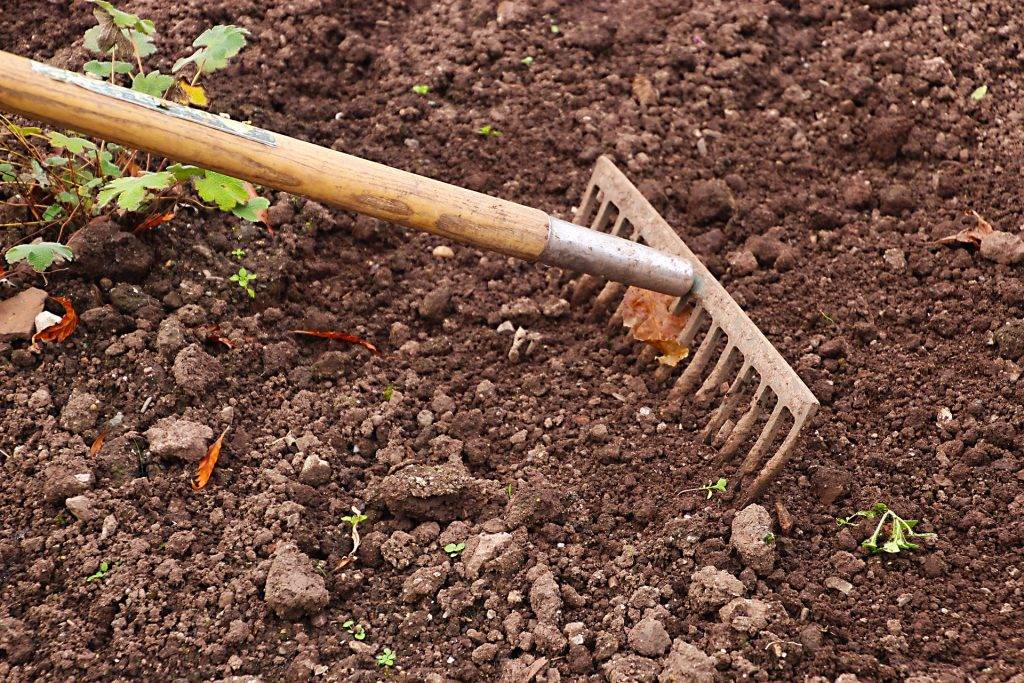
Before you start planting your vegetable garden, it is important to prepare the soil properly. This will ensure that your plants have the nutrients they need to grow strong and healthy. Here are the steps you should take to prepare the soil for your vegetable garden:
Soil Testing
The first step in preparing the soil is to test it. This will help you determine the pH level of the soil and what nutrients it may be lacking. You can purchase a soil testing kit at your local garden center or online. Follow the instructions on the kit to test your soil.
Once you have the results of your soil test, you can determine what amendments you need to add to your soil. If your soil is too acidic, you may need to add lime to raise the pH level. If your soil is too alkaline, you may need to add sulfur to lower the pH level. If your soil is lacking in nutrients, you may need to add fertilizer.
Adding Compost and Fertilizer
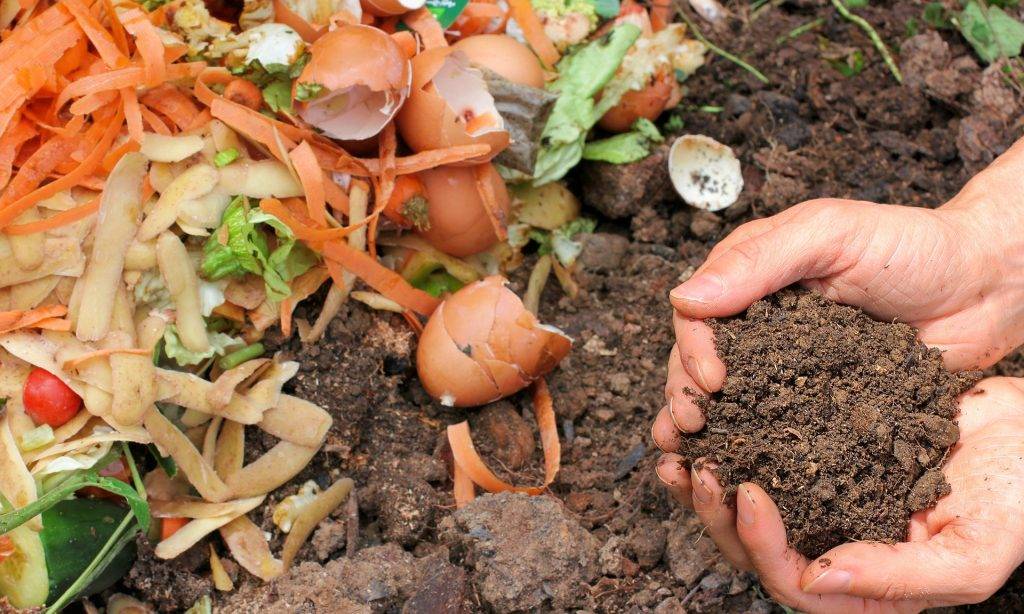
Once you have determined what amendments you need to add to your soil, it is time to add them. Start by adding compost to your soil. Compost is a great way to add organic matter to your soil, which will help improve its structure and fertility. You can purchase compost at your local garden center or make your own by composting kitchen scraps and yard waste.
After adding compost, you can add fertilizer to your soil. There are many types of fertilizer available, including organic and synthetic options. Organic fertilizers are made from natural materials, such as bone meal, blood meal, and fish emulsion. Synthetic fertilizers are made from chemicals. Both types of fertilizer can be effective, but organic fertilizers are generally considered to be better for the environment.
When adding fertilizer, be sure to follow the instructions on the package. Too much fertilizer can burn your plants, so it is important to apply it correctly.
In conclusion, preparing the soil is an important step in creating a successful vegetable garden. By testing your soil and adding compost and fertilizer, you can ensure that your plants have the nutrients they need to grow strong and healthy.
Selecting Vegetables
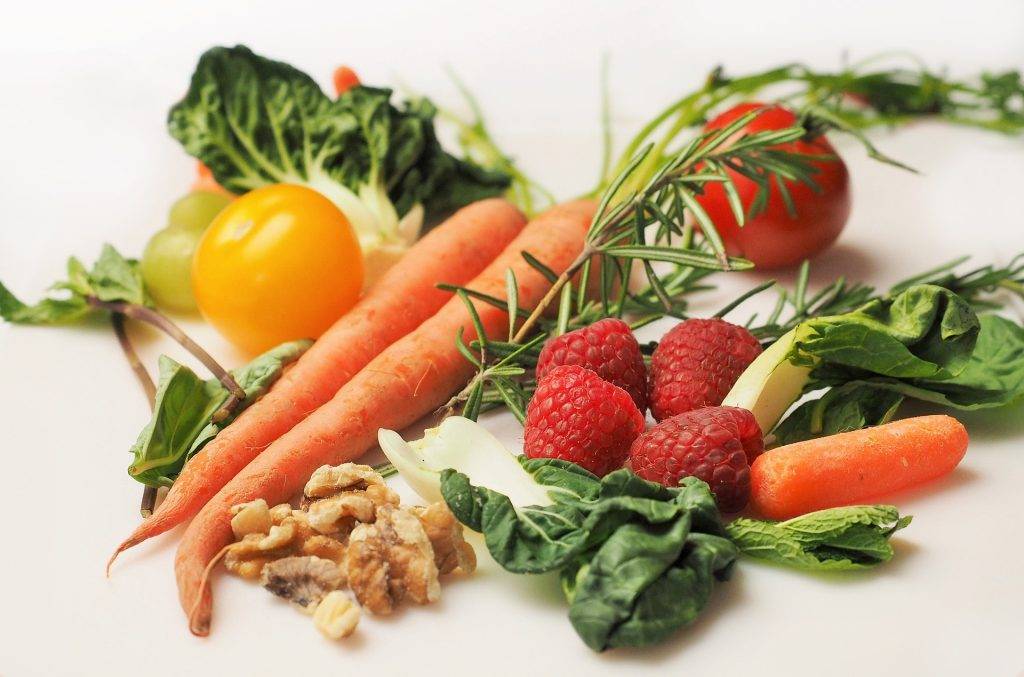
When selecting vegetables for your senior garden, it’s important to choose varieties that are easy to grow and provide nutritional benefits. Here are some tips on selecting vegetables for your senior garden.
Easy-to-Grow Vegetables
If you’re new to gardening or have limited mobility, it’s best to start with easy-to-grow vegetables. These varieties require less maintenance and are less likely to be affected by pests and diseases. Some easy-to-grow vegetables include:
- Tomatoes: Tomatoes are a popular choice for home gardens because they are easy to grow and produce a bountiful harvest. They are also rich in lycopene, a powerful antioxidant that can help reduce the risk of cancer and heart disease.
- Peppers: Peppers come in a variety of colors and flavors and are easy to grow in containers or raised beds. They are also rich in vitamin C, which can help boost your immune system.
- Green Beans: Green beans are a low-maintenance vegetable that can be grown in almost any type of soil. They are also rich in fiber, which can help improve digestion.
Vegetables with Nutritional Benefits
In addition to easy-to-grow vegetables, it’s important to choose varieties that provide nutritional benefits. Here are some vegetables that are packed with vitamins and minerals:
- Kale: Kale is a superfood that is rich in vitamins A, C, and K, as well as calcium and iron. It’s also easy to grow and can be harvested throughout the growing season.
- Spinach: Spinach is a nutrient-dense vegetable that is rich in iron, calcium, and vitamin K. It’s also easy to grow and can be harvested multiple times throughout the growing season.
- Carrots: Carrots are a good source of vitamin A, which is important for eye health. They are also easy to grow and can be harvested throughout the growing season.
By selecting easy-to-grow vegetables and varieties with nutritional benefits, you can create a senior garden that is both productive and healthy.
Planting and Maintenance
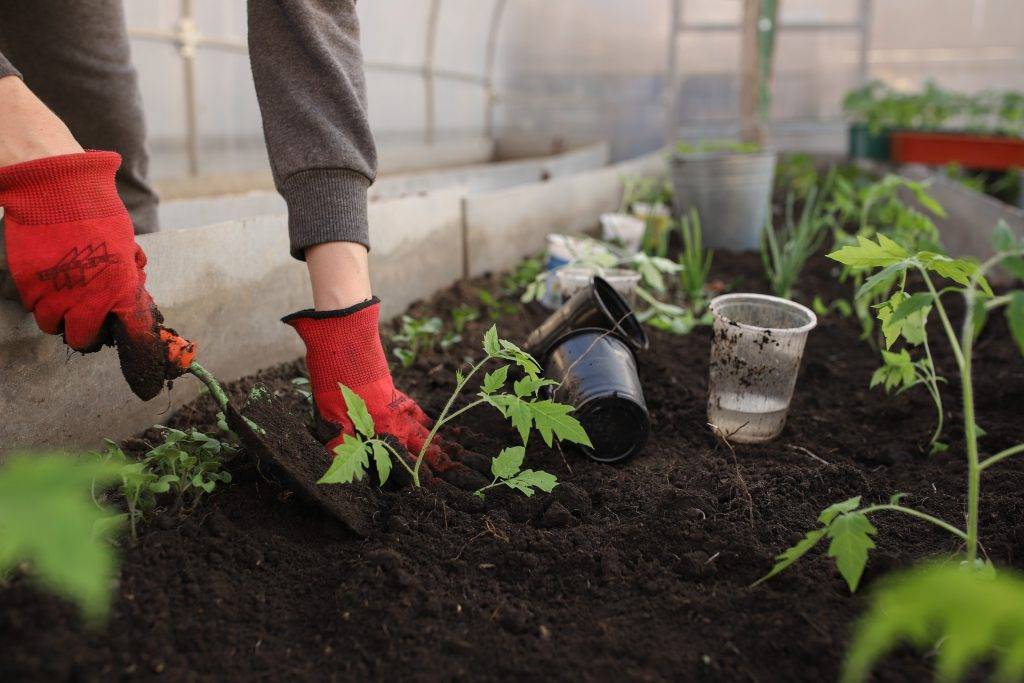
Planting and maintaining a vegetable garden can be a fun and rewarding activity for seniors. Here are some tips to help you get started.
Planting Techniques
When planting your vegetable garden, consider using raised beds or elevated planters to reduce the need to bend over. You can also grow plants vertically to minimize bending and kneeling later. Choose easy-to-care-for plants that require minimal pruning, such as lettuce, peppers, cucumbers, and tomatoes. If planting in the ground, a 10′ x 10′ garden (100 square feet) is a manageable size. Pick 3 to 5 of your favorite vegetables and buy 3 to 5 plants of each one. If planting in a raised bed, a 4′ x 4′ or 4′ x 8′ is a good beginner size.
Watering and Weeding Tips
Watering and weeding are important tasks for maintaining a healthy vegetable garden. Water your garden regularly, especially during hot and dry weather. Use a watering can or a hose with a gentle spray nozzle to avoid damaging your plants. Mulching your garden with straw or leaves can help retain moisture and reduce the need for frequent watering. Weeding is also important to keep your garden healthy. Pull weeds by hand or use a hoe to remove them. Be careful not to disturb your plants while weeding.
Pest and Disease Control
Pests and diseases can damage your vegetable garden if not controlled. One way to prevent pests and diseases is to keep your garden clean and tidy. Remove any dead or diseased plants and debris from your garden. You can also use natural pest control methods, such as companion planting, to keep pests away. For example, planting marigolds alongside your vegetables can help repel pests. If necessary, use organic pesticides and fungicides to control pests and diseases. Always follow the instructions on the label and use protective gear when applying them.
By following these planting and maintenance tips, you can create a healthy and productive vegetable garden for your enjoyment.
Accessibility and Safety
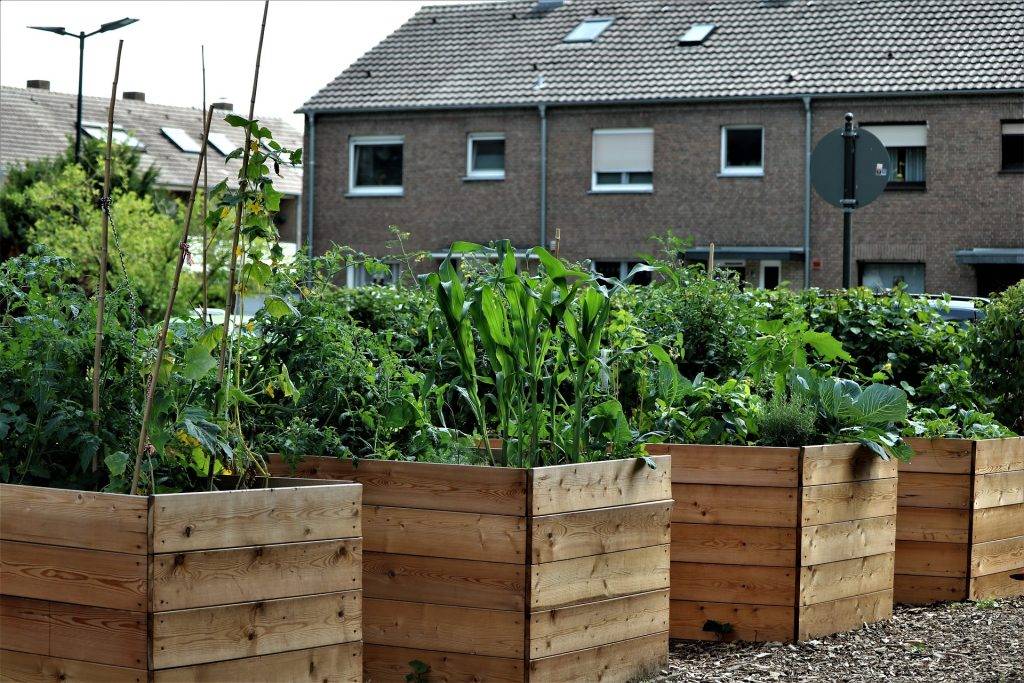
Creating a vegetable garden that is accessible and safe for seniors is important to ensure that they can enjoy gardening without any discomfort or risk of injury. Here are some tips to make your vegetable garden more accessible and safe.
Raised Beds and Containers
Raised beds and containers are a great option for seniors who may have difficulty bending or kneeling. They can be placed at a height that is comfortable for you to work on without straining your back or joints. You can also use containers with wheels, so you can easily move them around your garden.
When choosing raised beds or containers, make sure they are wide enough to accommodate the plants you want to grow. A depth of 12-18 inches is recommended for most vegetables. You can use a variety of materials for your raised beds, such as wood, stone, or plastic. Just make sure they are sturdy and won’t tip over.
Garden Tools and Equipment
Using the right tools and equipment can make gardening easier and more enjoyable for seniors. Look for tools with ergonomic handles that are easy to grip and don’t require a lot of force to use. Long-handled tools can also help you reach plants without having to bend over.
Consider investing in a wheeled garden caddy to hold your tools and provide a place to sit while you work. This can be especially helpful if you have difficulty standing for long periods of time.
Safety Precautions
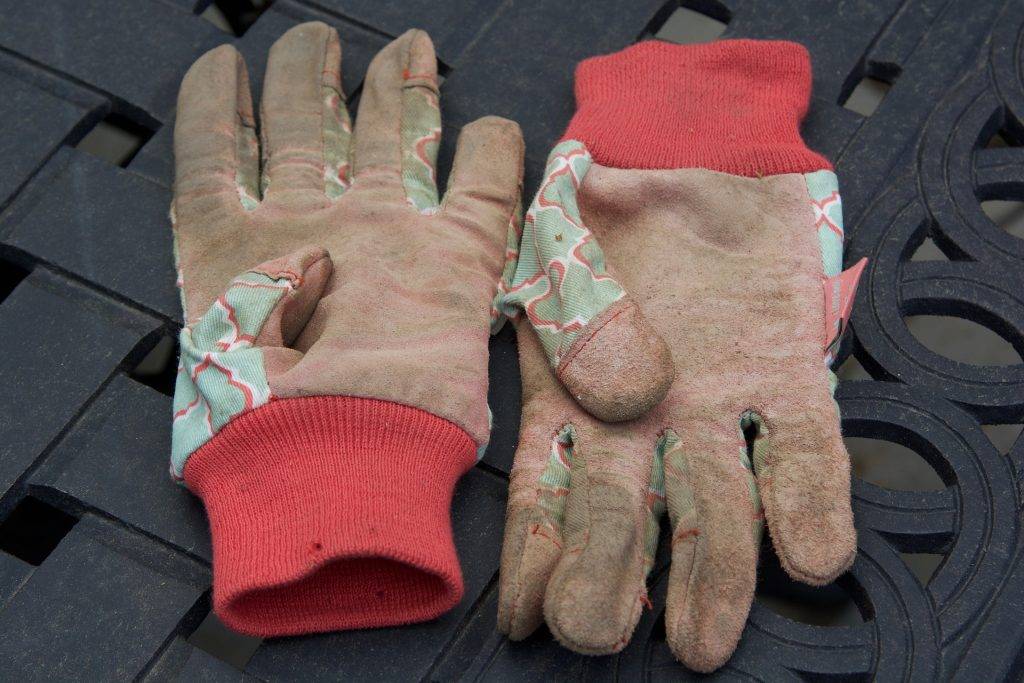
Gardening can be a fun and rewarding activity, but it’s important to take safety precautions to avoid injury. Here are some tips to keep in mind:
- Wear gloves to protect your hands from cuts and scrapes.
- Use sunscreen and wear a hat to protect your skin from the sun.
- Drink plenty of water to stay hydrated.
- Avoid working in the garden during the hottest part of the day.
- Use caution when using sharp tools, such as pruners or shears.
- Be careful when lifting heavy objects, such as bags of soil or large plants.
By following these tips, you can create a vegetable garden that is both accessible and safe for seniors. Happy gardening!
